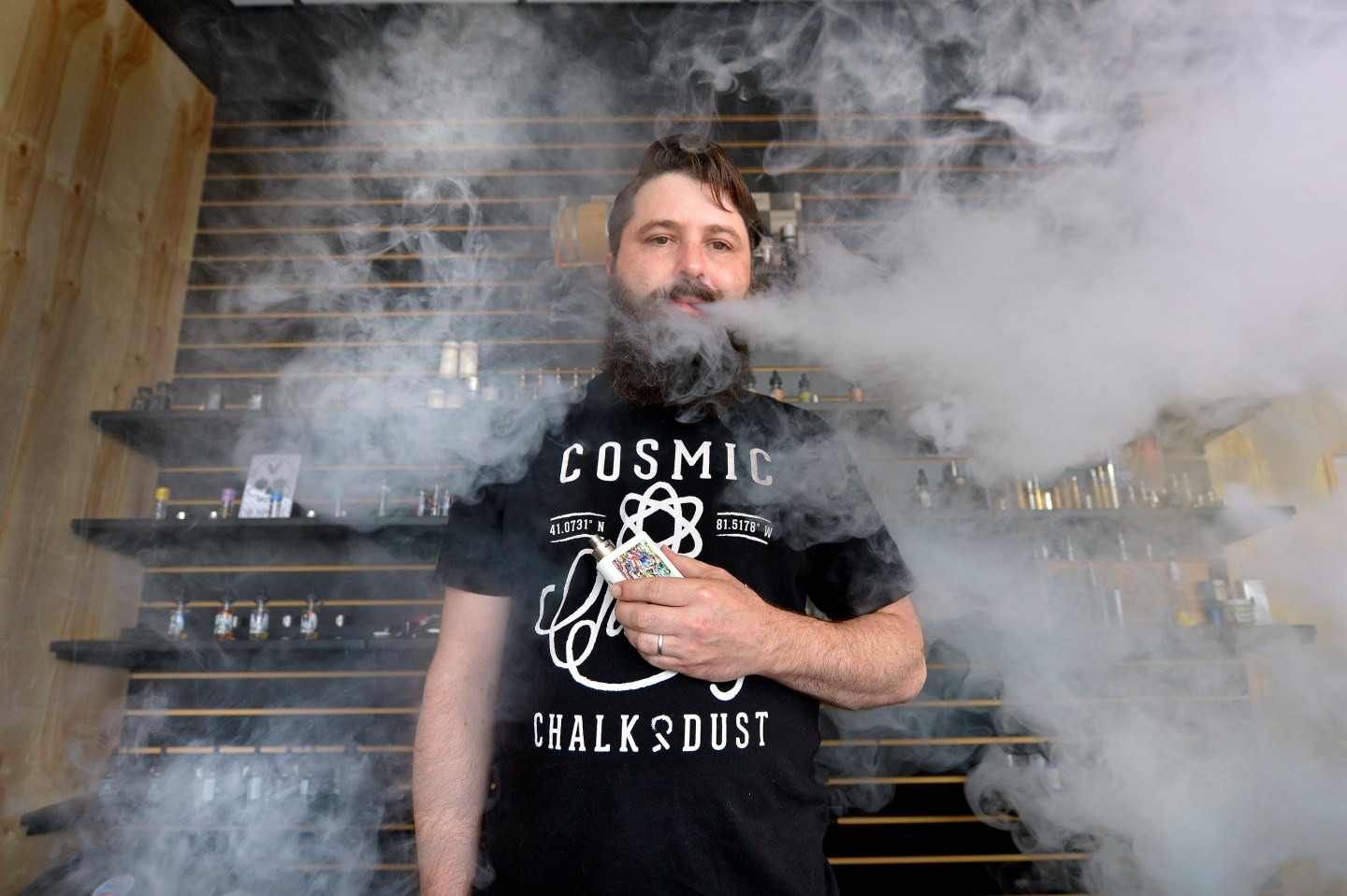Following a record low of teen cigarette smokers, a new problem is advancing: e-cigarettes. The combination of it being ostensibly healthier and boasting a tech-upgrade from conventional cigarettes, the e-cig immediately appeals to a younger audience.
The e-cig, a “cigarette-shaped device containing a nicotine-based liquid that is vaporized and inhaled,” is still a point of debate regarding long-term health effects. Its nicotine content is still addictive and can cause harm.
According to the CDC, “More than a quarter-million youth who had never smoked a cigarette used e-cigarettes in 2013.” And that number continues to climb. As Reuters reports, “government data released in April, showed that teen use of e-cigarettes tripled in 2014 alone.”
With the slow response of the federal government to take action, state attorneys general have been using established law to pressure e-cig manufactures to reduce teen advertising.
One group of Attorneys Generals, says Reuters, “is pressuring certain e-cigarette manufacturers and vendors to limit ads that appeal to teens, especially on company websites and places like YouTube.”
More than 10 e-cig companies who spoke with Reuters “acknowledged they have been contacted by state law enforcers or by the National Associations of Attorneys General.”
The sale of e-cigs to minors is banned across 46 states. But with manufacturer advertising present and in reach for teens, these devices are highly accessible and teens are buying.












